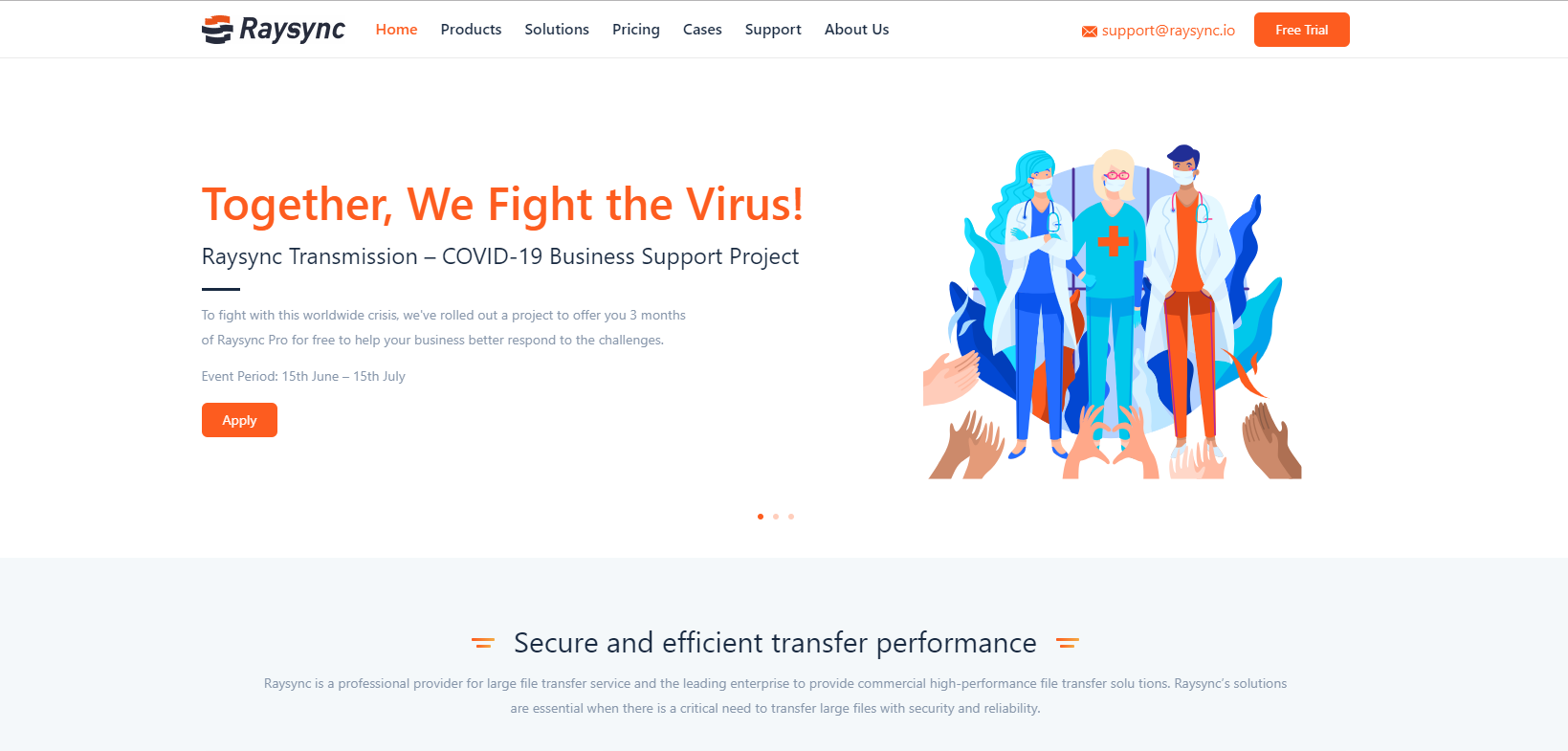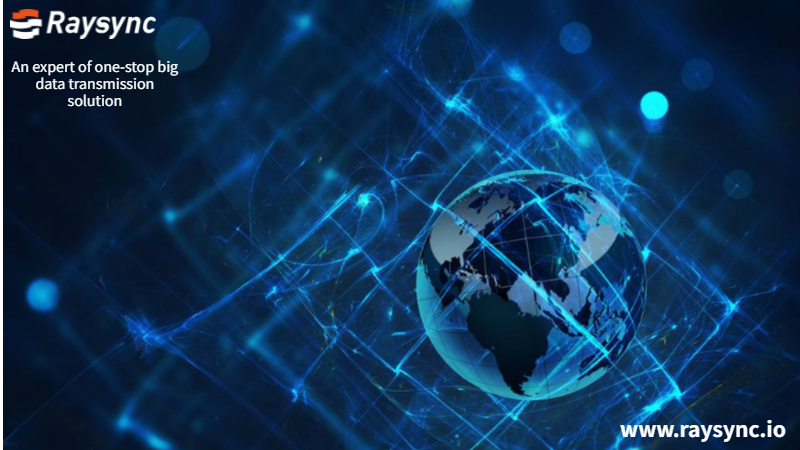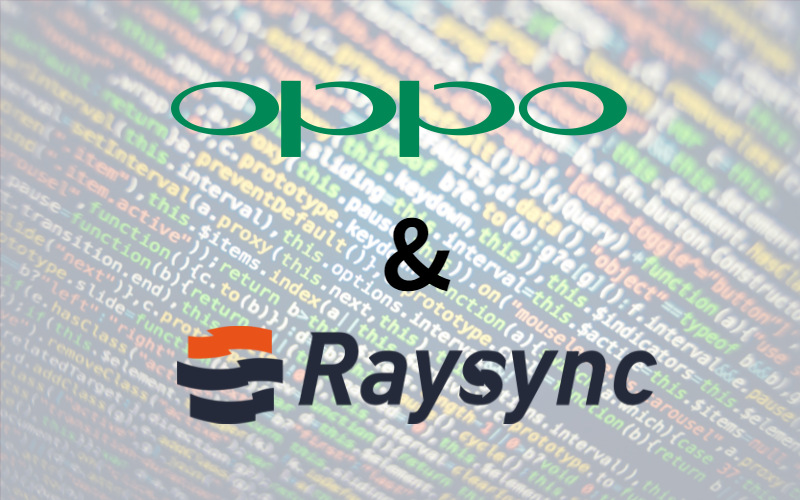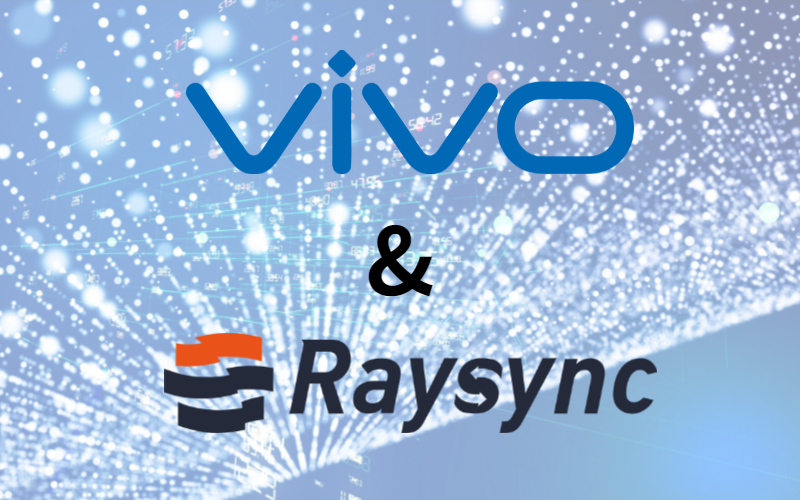Filter News

Raysync News
September 11, 2023Raysync, a leading provider of high-performance file transfer solutions, has announced a strategic partnership with Red Hat, the world-renowned open-source software and solutions provider.

Raysync News
July 3, 2020Large file transfer software come to help manage the internal operations of file sharing centers and facilitate communication among the enterprise. Here are the top 6 large file transfer software for your business.

Raysync News
June 28, 2020We have been talking about data integration, but that doesn't mean we all understand it. It seems simple to talk about data integration, but when we explain the definition, we will find many different explanations.

Industry news
June 28, 2020With the continuous development and expansion of global business, OPPO is urgent to solve the transnational data transfer problems in WAN.

Industry news
June 28, 2020Raysync Large File Transfer helps Vivo to solve the long-distance transnational transfer problems all over the world.

Raysync News
June 23, 2020In the era of information explosion, enterprises are more dependent than ever on obtaining, distributing and utilizing all kinds of information to promote their development.

Industry news
June 23, 2020In recent years, data leakage and privacy incidents have become more and more common and costly.

Raysync News
June 22, 2020With the development of the Internet, it is a very common thing to transfer large and small files in the daily office.

Raysync News
June 17, 2020To offer users a friendly-use interface and a better operation experience, we have recently made an update on Raysync Cloud Premium (Plus) plan.

Industry news
June 11, 2020The stability of file transfer is fundamentally based on excellent transfer performance. Raysync Transmission is based on UDP transfer performance, breaking through the transfer defects of traditional FTP and HTTP.

